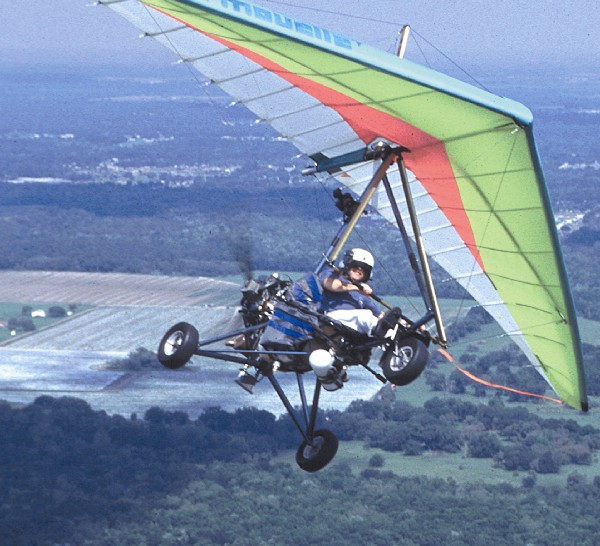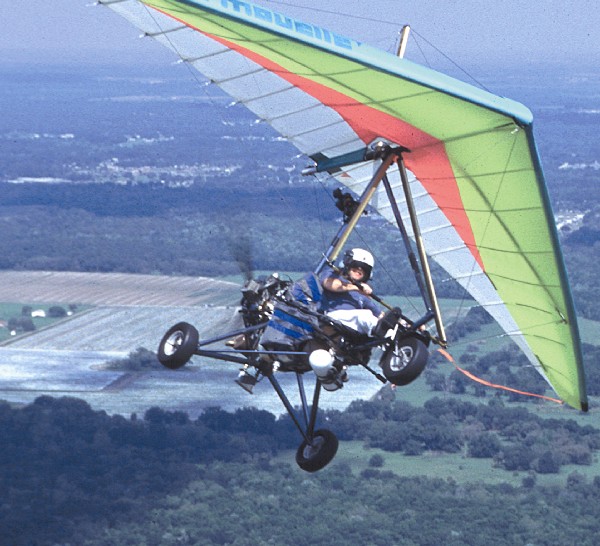
Until recently, we heard little from South Africa. Under the country’s apartheid (racial segregation) rule of the past, South Africa disappeared off the radar so far as most Yankee pilots knew. Our government instituted economic sanctions so that few, if any, South African products appeared in America. Apartheid is over, and with it the isolation of that southern hemisphere country and its people. In recent years, we’ve seen a growing number of products arrive from the way down under country. Perhaps you’re not surprised to hear that South African ultralight builders are also making a mark on American aviation. Welcome to the modern age of globalization. No Pushy Peddler You probably already know of Rob Rollison. He garnered attention in April ’95 by flying his Air-Bike from Indiana to Lakeland, Florida.1 The trip set no records – Ian Coristine, Dave Goulet and Don Zank flew 2-seat Challengers 2,400 miles (round trip) from Moline, Illinois to Lakeland a decade earlier – but in an open-cockpit ultralight, no doubt Rob’s 870-mile (each way) flight seemed longer.










